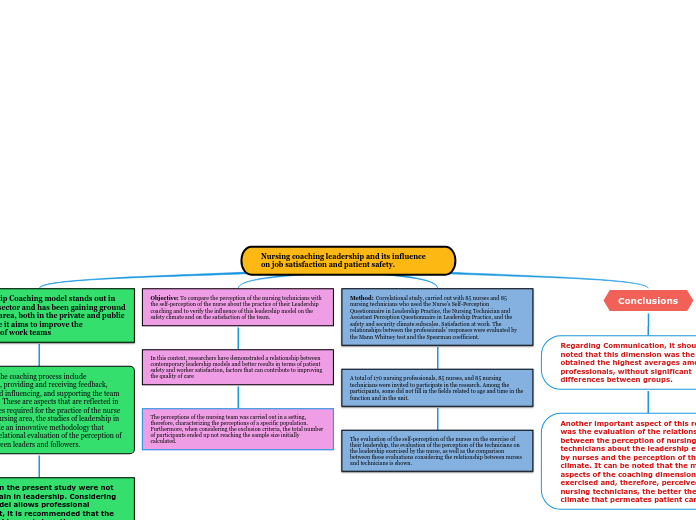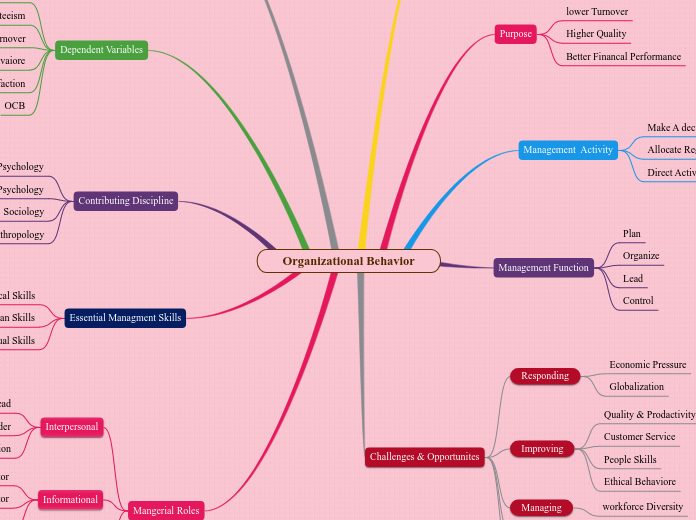par Quendra Paola Hernandez Medina Il y a 3 années
272
Nursing coaching leadership and its influence on job satisfaction and patient safety.
The study explores the impact of nursing coaching leadership on job satisfaction and patient safety. It involves a correlational analysis of responses from 85 nurses and 85 nursing technicians using specific questionnaires to gauge self-perception in leadership practice and the safety and security climate.









